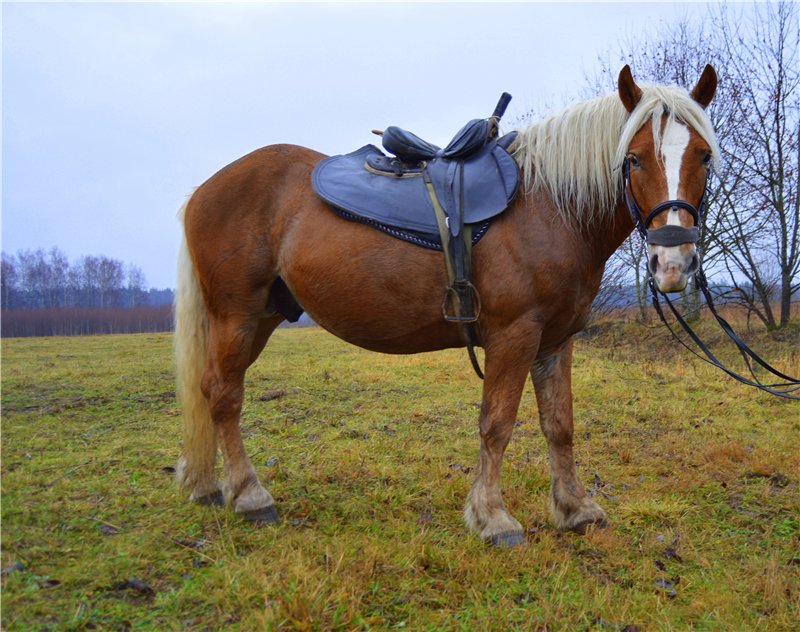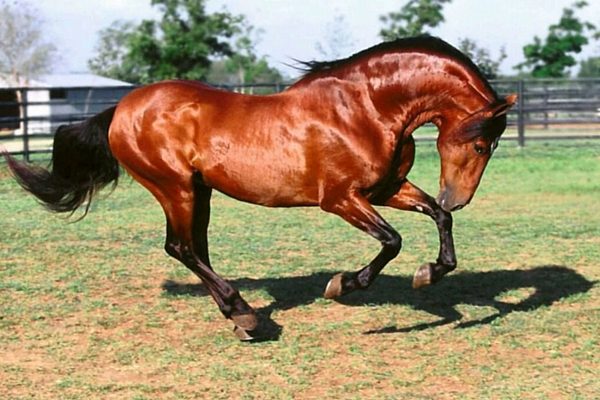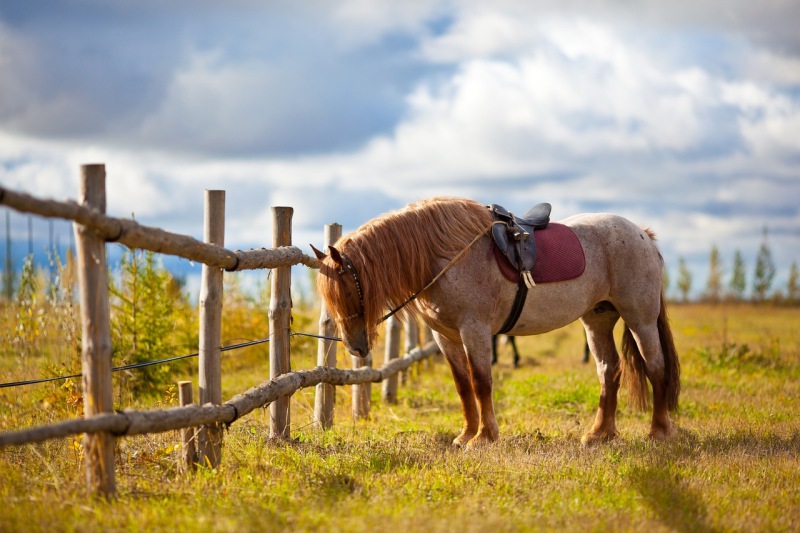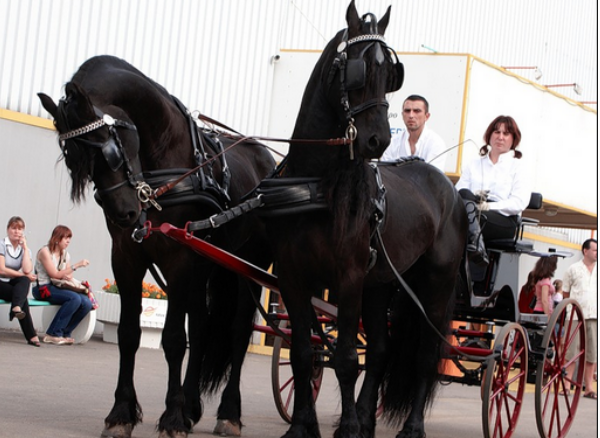Maharaja
Marvarian horse (part 1)
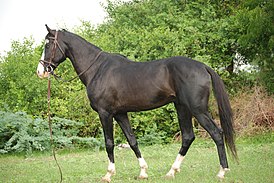 The Marwar horse (Marvari), or Malani, is a rare breed of horse from Marwar, a region in India. Known for its exotic ear shape. They are known for their stamina and are quite similar to kathiyavari, another Indian breed from Kathiyavar. Marwari came from crossing local Indian ponies with an Arabian horse, possibly with some influence from Mongolian horses.
The Marwar horse (Marvari), or Malani, is a rare breed of horse from Marwar, a region in India. Known for its exotic ear shape. They are known for their stamina and are quite similar to kathiyavari, another Indian breed from Kathiyavar. Marwari came from crossing local Indian ponies with an Arabian horse, possibly with some influence from Mongolian horses.
The Rathors, the traditional rulers of Marwar, were the first to start breeding Marwar. Starting from the 12th century, they strictly selected horses for breeding, which contributed to the purity of blood and endurance. Used throughout history as the cavalry horses of the Marwar people, they have been noted as loyal and brave in battle. The breed deteriorated in the 1930s when poor management practices led to a reduction in livestock numbers, but today they have been restored again. Marvari was banned for decades, but between 2000 and 2006 a small amount was allowed. An exception was made for the American Francesca Kelly, who became the organizer of the Indigenous Horse Society of India [1]. Since 2008, visas allowing the exit of the marvari outside of India have been available in small quantities. Continue reading
